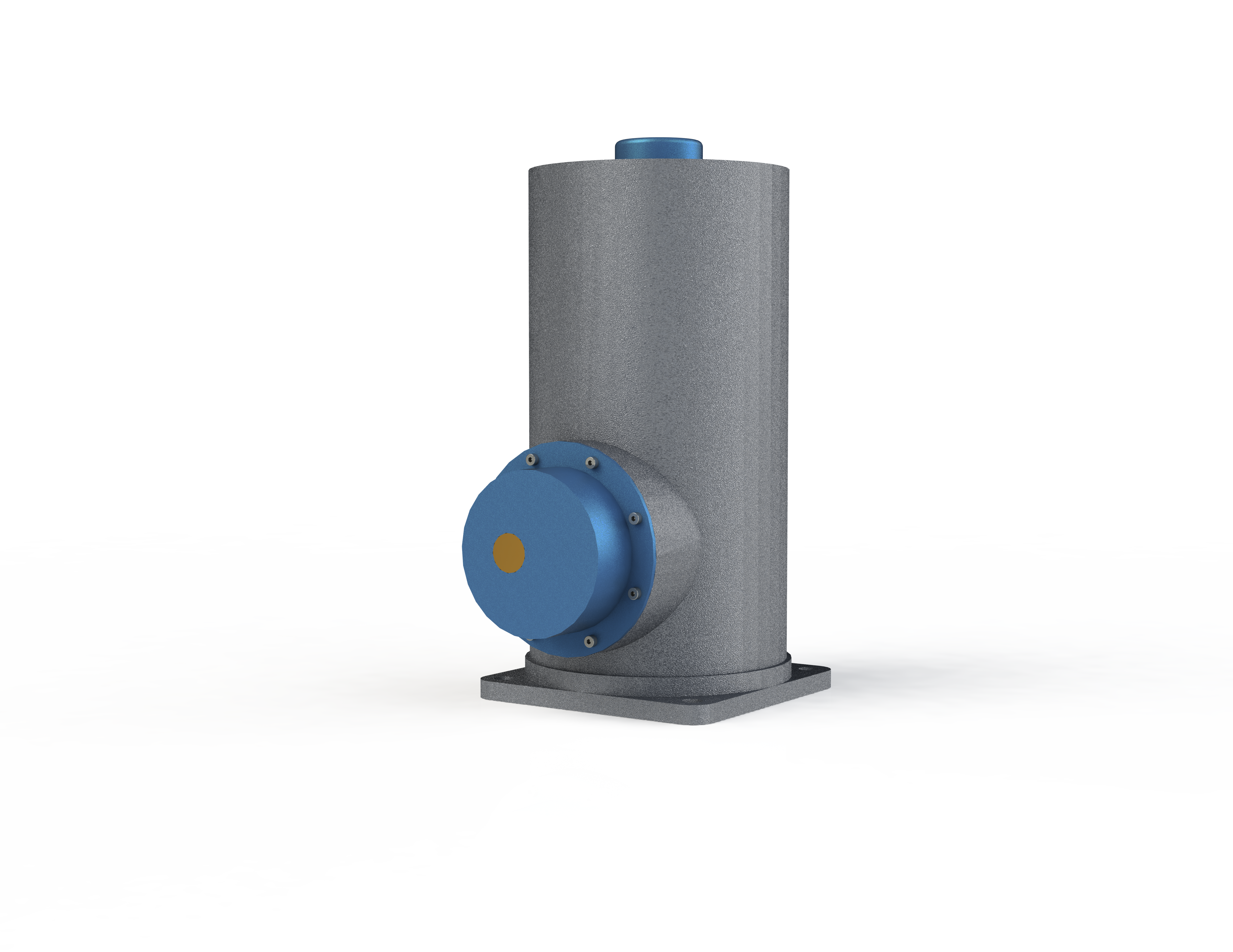Mid-IR, between visible and Terahertz.

Pushing VIS technologies
IR and in particular MIR have been used since many decades to explore the behaviour of nature at a frequency close to the VIS but still not accessible to the human eye. Quantum and non-linear optics have been the main tool to achieve both generation and detection of IR light since it has first been studied. Sources have been obtained by frequency conversion of coherent VIS sources and quantum well based sensors are one of the most important detectors in this range. Disposing of its unique know-how on Quantum structures integration, Lytid pushed the Quantum Well technologies for sensing to it’s limit with the state-of-the-art MIR detector MIRQWIP.
Features of MIR radiation
Infrared (IR) light has longer wavelength than visible light (VIS), typically from 780nm to 50µm. It is usually divided in 3 regions: Near IR (NIR), Mid IR (MIR) and Far IR (FIR). MIR comprehends the wavelengths from 2.5µm to 15µm (this definition can slightly vary with respect to the notation and the application) but in general this range of frequencies has peculiar features. Many fundamental vibrational resonances of most liquids, gas and non-metals like plastics, glasses or biological tissues as well as celestial objects’ radiation can be found in this frequency range. Moreover the atmosphere has two transmission windows in the ranges 3-5µm and 8-13µm.
A whole world of applications
Due to its peculiar features, MIR has been of central importance in the development of spectroscopy techniques related to biology, exploiting the fact that most of the vibrational transition of molecules happen to be in this part of the spectrum. But not only biology can offer a vast range of possibilities: since astronomical objects can emit light from very low (radio waves) to very high (UV) frequencies, MIR astronomical observation is crucial for the understanding of the universe. Benefitting from the atmosphere transparency window, MIR wireless communications and atmosphere’s gas sensing are well-known fields of study and tech development.

Mid-InfraRed products range
More than 10 THz / Less than 30um

